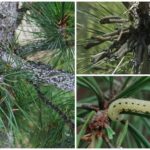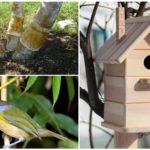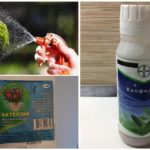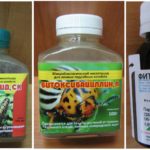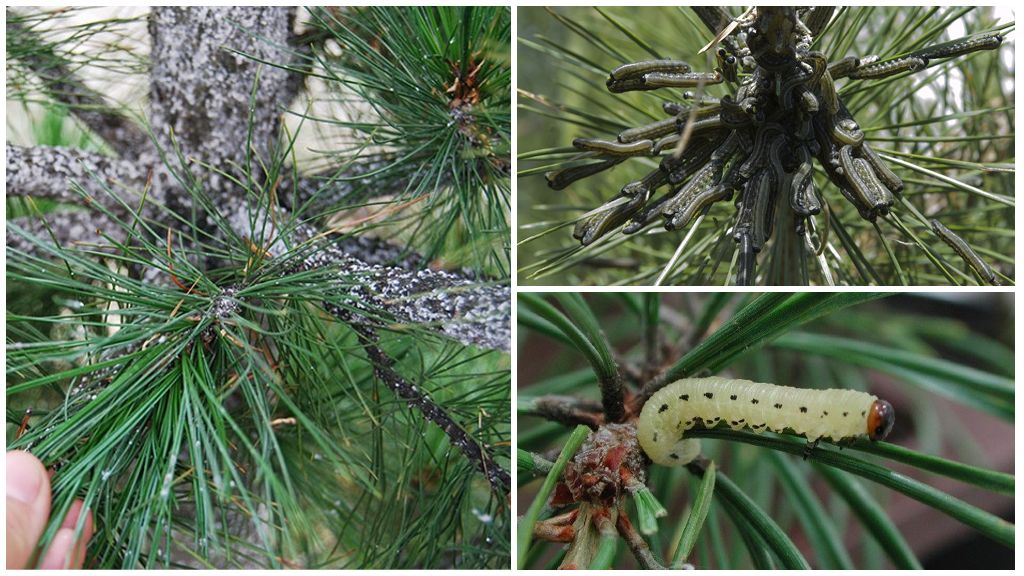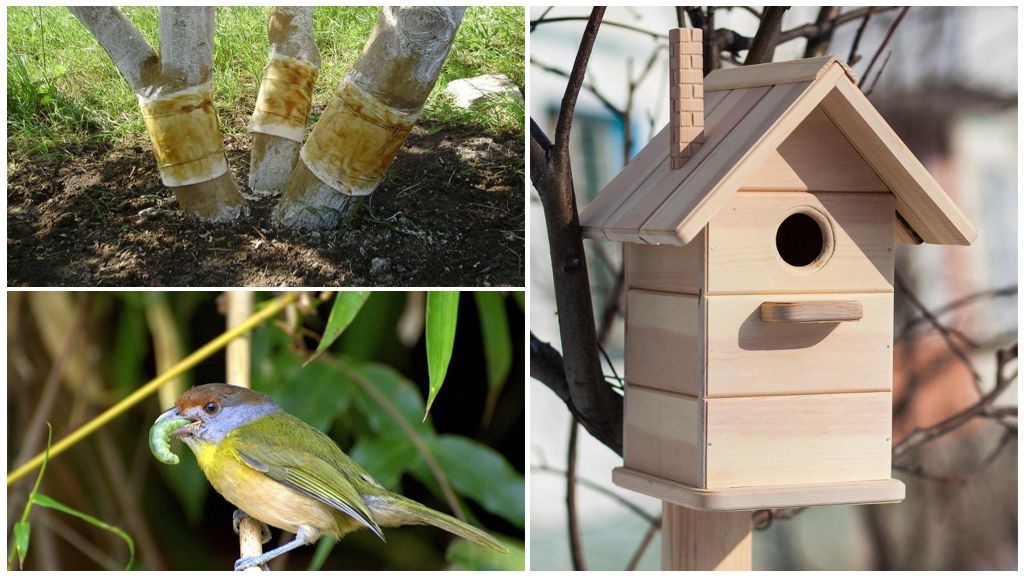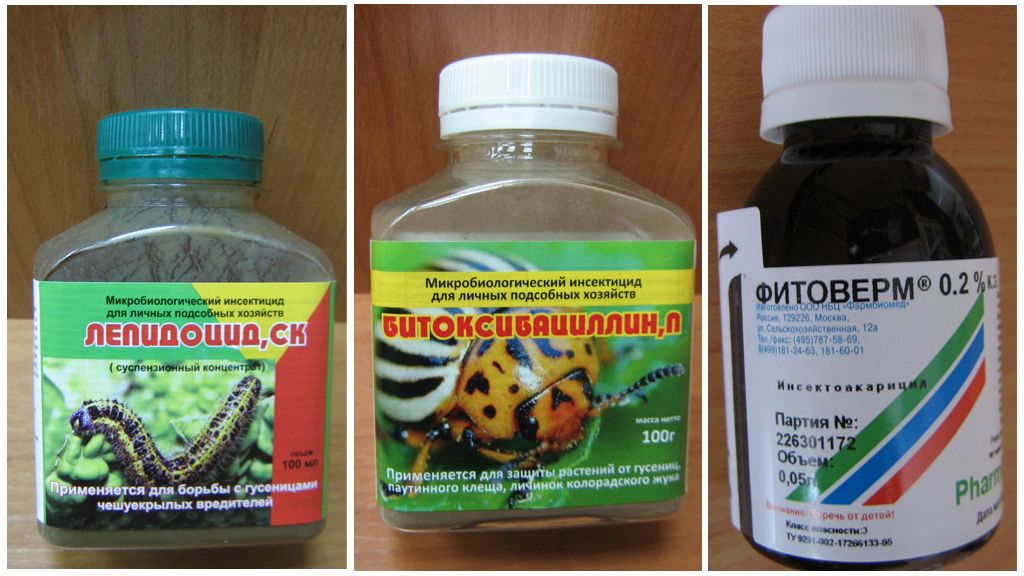How and what to process pine from caterpillars
Content
- Caterpillars on pine
- Folk methods of struggle
- Caterpillar Chemicals
- Biological agents against caterpillars
Beautiful lush pines are the perfect decoration for a country plot or a summer house. However, in recent years, gardeners have complained that they have caterpillars on a pine tree that eat needles. Almost a few days because of them, the tree turns into a bare trunk with gnarled branches.It is possible to fight with caterpillars on a pine tree in order to save the evergreen beauties and restore their appearance by means of popular recipes and chemical means.
Types of caterpillars attacking trees
On the coniferous trees are able to settle various pests that fall into the territory of garden plots from the forest belt, through the soil or when buying seedlings of spruce, cedar or pine.
The most common ones are:
- pine moths - larvae that appear from eggs laid by butterflies in the form of straight lines;
- Common, eastern or red sawfly, whose larvae gnaw off the branches of coniferous species, as can be seen in the photo of caterpillars on the pine;
- pine scoop - attacks trees in May, preferring to devour young buds and needles, which contributes to the subsequent drying of the plants;
- black caterpillars - the needles are woven around the web to hold it on a tree, then a mining mole appears from them;
- Siberian silkworm and pine cone, the caterpillars of which eat seeds and cones on pines;
- gypsy moth affects conifers only in the absence of another food for caterpillars.
Saws and harm from them
Most often conifer trees are attacked by red sawflies, which spoil the appearance of cedars, pines and firs. Females lay a clutch of 1.5-2 thousand eggs right under the bark, and during the summer they have time to breed twice.
Interesting!
The sawflies received their name for the originality of the egg laying process: females have a special organ that, when laying eggs, “saws through” the external tissues of the branch or leaf. In appearance, adults are similar to flies, so they are difficult to distinguish.
A characteristic sign indicating attack by the sawfly is yellowing of the needles. To determine that the caterpillars attacked cedar, spruce or pine, you can by eggs on needles, which look like clusters with brown capsules. In them larvae ripen, which after emergence from eggs have a black or muddy-green body with a flat head. In case of danger, the sawfly caterpillar lifts the front part of the body.
Young larvae of sawflies first eat only the lateral parts of cedar or pine needles, from which they dry, turn yellow and curl. If at such a moment not take urgent measures to destroy them with insecticidal and other means of caterpillars on the pine, then gradually growing, they are able to surround trees entirely.
Given the number of larvae in the clutch, they can not only occupy coniferous trees, but also lead to their complete drying and death. Young saplings dry for 3-5 years with a gradual weakening and decrease in the decorative properties of the plantings, deterioration of the landscape appearance. It is necessary to save mountain pine and other types of coniferous trees as quickly as possible, because when they are reinfected, plants die in winter.
On a note!
Among conifers, common pine and some decorative species are most susceptible to sawflies: Weymouth and Banks pines, as well as trees planted on dry sandy soil with an overestimated relief. Often, caterpillars attack single plants. Only Crimean pines suffer less.
Caterpillar Fighting
To increase the effectiveness of various methods and preparations, they must be applied alternately, depending on the degree of damage and the condition of the trees. Simple folk methods allow you to deal with caterpillars on the Christmas tree by mechanical means or with the help of baits. However, they are effective only with a small number of pests.In case of severe damage, it is possible to kill the caterpillars only with the help of chemicals.
Folk methods
When a small lesion is recommended to fight the caterpillars on the pines folk remedies:
- Regularly inspect the trees in order to find the larvae in time, because the caterpillars eat pine more in dry and warm weather, but do not like rain.
- To carry out a manual collection of larvae and caterpillars, for which you should wear gloves and goggles, because for protective purposes they regurgitate some of their blood, which is a strong allergen. Then all the pests must be burned.
- To hang up birdhouses on the territory, feed and lure birds that feed on insects and larvae: cuckoos, etc.
- Shoots and buds spoiled by green caterpillars on the pine tree should be removed and burned.
- Block access to pests by winding masking tape on a tree trunk with pre-applied glue from ants and rodents, which is sold in gardening stores. Caterpillars descending to turn into pupae will stick and die.
If the number of caterpillars on conifers is too large, then the following rescue methods are used:
- Spread out bait from fermentation additives that help kill caterpillars throughout the summer season.
- In case of severe injury, an old film or oilcloth is spread around the trunk, where the damaged needles are dropped, sweeping it down with a broom, after which everyone burns. Next, you should spray the pine with an aqueous solution of liquid soap.
Chemicals
Biological or insecticidal agents that are designed to kill pests such as the pine cone, black and green caterpillars, will help completely get rid of the caterpillars on the pine.
Popular insecticidal drugs:
- Actellic is an insectoacaricide that has an enteric-contact effect on pests of garden and park plants using pyrimiphos-methyl, which belongs to organophosphate pesticides. Available in the form of ampoules or canisters with a capacity of 2 ml and 5 l, respectively. If they are treated with pine from caterpillars, then when eating needles in insects, the function of the nervous system is impaired, causing their death.
- Confidor is a water-soluble agent of contact-intestinal action, helps to get rid of pests of shrubs, trees and garden crops, contains imidacoride.
- Arrivo - affects leaf-eating insects, caterpillars on spruce and other conifers with cypermetryne poisoning.
On a note!
Before, how to deal with black caterpillars of the Siberian or gypsy moth on a pine, it is recommended to test the spraying of one tree and observe it for at least a day. If his condition has not worsened, then you can use this drug on other conifers.
Products containing natural biocomponents, it is recommended to use during flowering and pollination:
- Bitoxibacillin is an insecticidal bacterial drug, the main active component of which is exotoxin and spores of bacteria Bacillus thuringiensis var thuringiensis, effectively destroys leaf-eating harmful insects, getting inside through the intestine along with the green parts of the plant. The death of pests begins in 2-3 days and lasts up to 2 weeks. It is recommended to re-process after 7-8 days to destroy the next generation of caterpillars.
- Lepidocide is a biological product of intestinal action, selective in relation to leaf-eating, acting with the help of spores of microbes of Bacillus thuringiensis var. Kurstaki.After ingestion of insects, bacteria produce crystals that infect pests for a long time, leading to their death. Its effectiveness is high, because they can poison the caterpillars on the trees, and the drug is not addictive.
- Lepidobaktsidid - a biologically active drug used to protect forest and park plantings and crops.
Caterpillar prevention
To prevent the infection of trees by caterpillars, care should be taken about preventive measures:
- Conduct soil digging at the end of autumn to destroy the pupae that are buried in the ground. The digging depth is 7-10 cm, but care must be taken near the roots so as not to damage them.
- It is recommended to plant flowers on the site that attract insects that can protect plants from pests: hymenoptera, ground beetles and ants.
- When planting conifers, it is better to alternate with deciduous, which will help reduce the attractiveness of plants for female sawflies.
If black ants and caterpillars are found on a garden plot,then only the use of protective chemical or folk remedies will help save the trees from loss of appearance and subsequent death.

